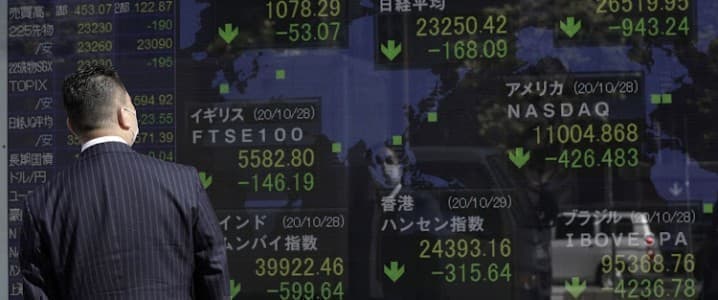
The year may only be just over three months old, but a lot has happened in relatively short order. And, here we are once more in stagflation territory, with central banks – led by the Fed – probably doing the wrong thing at the wrong time again.
Why do I say that? Well, it looks as if the Fed has drained most if not all of the quantitative easing it splurged during the Covid-19 pandemic, yet the bank still insists on fighting inflation with rate rises and potentially more quantitative tightening (QT).
These decisions by central banks have handed those with cash yet another opportunity to fill their boots with the assets the less well-off are having to sell. The system has yet again delivered not enough to those who perennially have to spend, and too much to those who don’t – in most cases, because they aren’t compelled to.
This results in an unbalanced economy, so much so that in reality there is an argument to be made that central banks should be lowering interest rates and instituting mild QE. They should be targeting nominal GDP and not inflation as the benchmark, delivering real growth rather than an artificial construct.
Those in charge appear to have forgotten that inflation is a lagging indicator, and as I wrote some time ago, it’s already ‘done’. Even the International Monetary Fund (IMF) – which arguably has the worst predictions record of any institution – says it will be about +2% by the end of the year. That probably means it will be -2%.
In essence, the monetary aggregates went literally overnight from +10% to -6% as we speak and heading for -12%. M2 – a measure of the USA’s money stock, which influences what the banks can lend – is in freefall and all sorts of lending windows have slammed shut.
What that means is that if the central authorities continue along their present path we will very soon be in the mother of all recessions. In the US alone, there are over $ 3 trillion of property loans to be refinanced in the next two years and analysts are betting that this could mean a drop of -40% in commercial property values there.
Related: Who Can Challenge China’s EV Dominance?
The existing tightening resulted in the UK pensions mess last September, Asian commercial paper imploding before Christmas, failed banks in the USA, and, of course, Credit Suisse collapsing in the last few weeks. Just in case anyone has forgotten, if $1 is 1 second, then $1 million is 11.57 days. That makes $1 billion the equivalent of 31.69 years.
Now for the biggie: $1 trillion is 1,000 times more – in other words, 31,699 years. The US alone has some 30+ of those tucked away in debt having to be paid for every year.
So, what does all of this have to do with crypto? Arguably, people have realised that things are amiss in the fiat world and are piling into cryptocurrencies as a form of hedge. In reality, the amounts added are relatively small so far, but they are meeting reduced supply as positions unwind, and so prices have risen.
Only time will tell us whether it will continue. But, as I argued elsewhere, Treasuries worldwide will be rushing to implement Central Bank Digital Currencies (CBDCs) for one very particular reason: they will be able to simply airdrop tokens like Britcoin directly into people’s wallets.
They can then have a smart contract on it which will make the money disappear after a specified period of time – so the poorer can spend and the rich can’t save or earn interest on it. No QE to distort the real economy, instead it’s a non-inflationary boost.
We need to be spending billions on infrastructure, which not only helps the economy, it helps the country further down the line. Where would we be if the Victorians had not invested heavily in railways, buildings, and all manner of other things we still use today. It’s not rocket science – it’s long-term economics.
By CityAM
More Top Reads From Oilprice.com:






